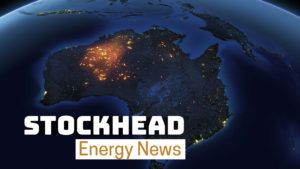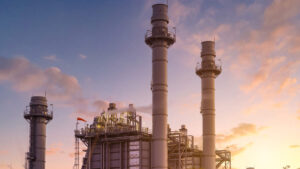LNG is feeling the heat from coronavirus

Rafael Nadal sweats during the French Open (Pic: Getty)
The liquefied natural gas (LNG) sector continues to be pressed by the combination of mild weather and the impact of the COVID-19 coronavirus, with the three biggest importers being the hardest hit by the outbreak.
While average LNG spot prices for April delivery were around $US3 ($4.58) per million British thermal units last week, stable from the previous week, Reuters reported that traders were concerned demand would slump further.
Bloomberg quoted energy research and business intelligence company Rystad Energy as saying US projects and the coal seam gas LNG projects in eastern Australia could struggle.
Rystad also forecast that China would probably only consume 62 million tonnes of LNG this year, down from its previous forecast of 67 million tonnes.
READ: Australian LNG was unscathed in January, but the immediate future is hazier
Consultancy Wood Mackenzie said last month that while low LNG prices could encourage some demand, the seasonal high inventories in Asia and China’s shaky LNG demand meant that there were “no other markets big enough or sophisticated enough to absorb a lot of LNG quickly”.
Already, Australia’s sole small cap LNG stock Liquefied Natural Gas (ASX:LNG) has received a recommended takeover offer from Singapore-based private company LNG9, which may take LNG private.
The 13-US-cent per share offer values LNG at roughly $US75m ($114.5m) and represented a 72 per cent premium to the closing price of the company’s share price on the day prior to the announcement.
LNG told shareholders that accepting the offer would avoid the risk of the company entering administration or liquidation.
It added that current LNG markets remained oversupplied and that future increases in share value were not guaranteed.
NOW READ: Australia is the new queen of LNG exports, but can it last?
Related Topics

UNLOCK INSIGHTS
Discover the untold stories of emerging ASX stocks.
Daily news and expert analysis, it's free to subscribe.
By proceeding, you confirm you understand that we handle personal information in accordance with our Privacy Policy.








